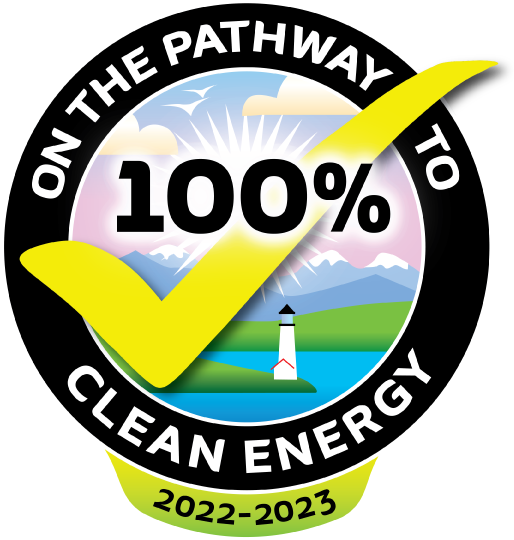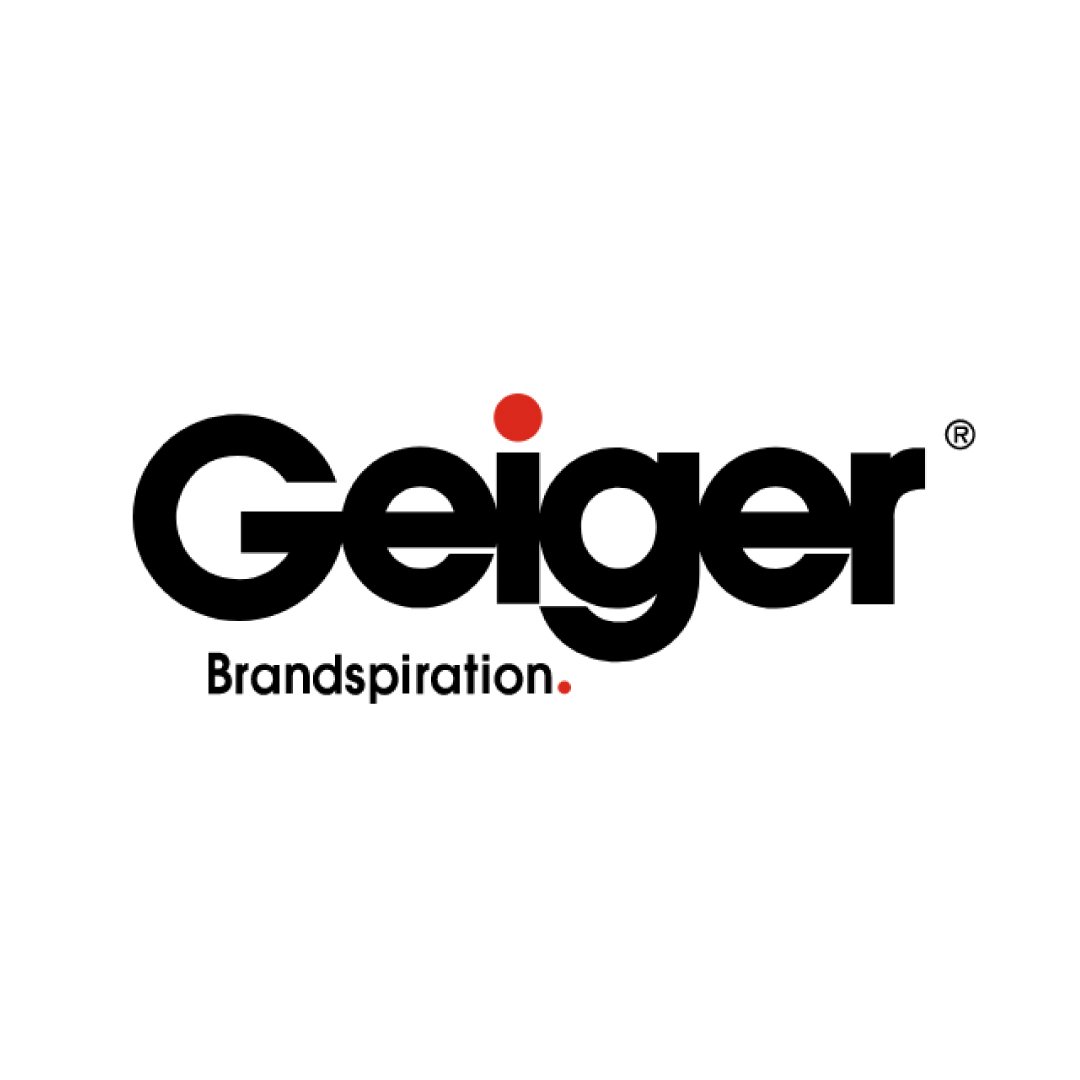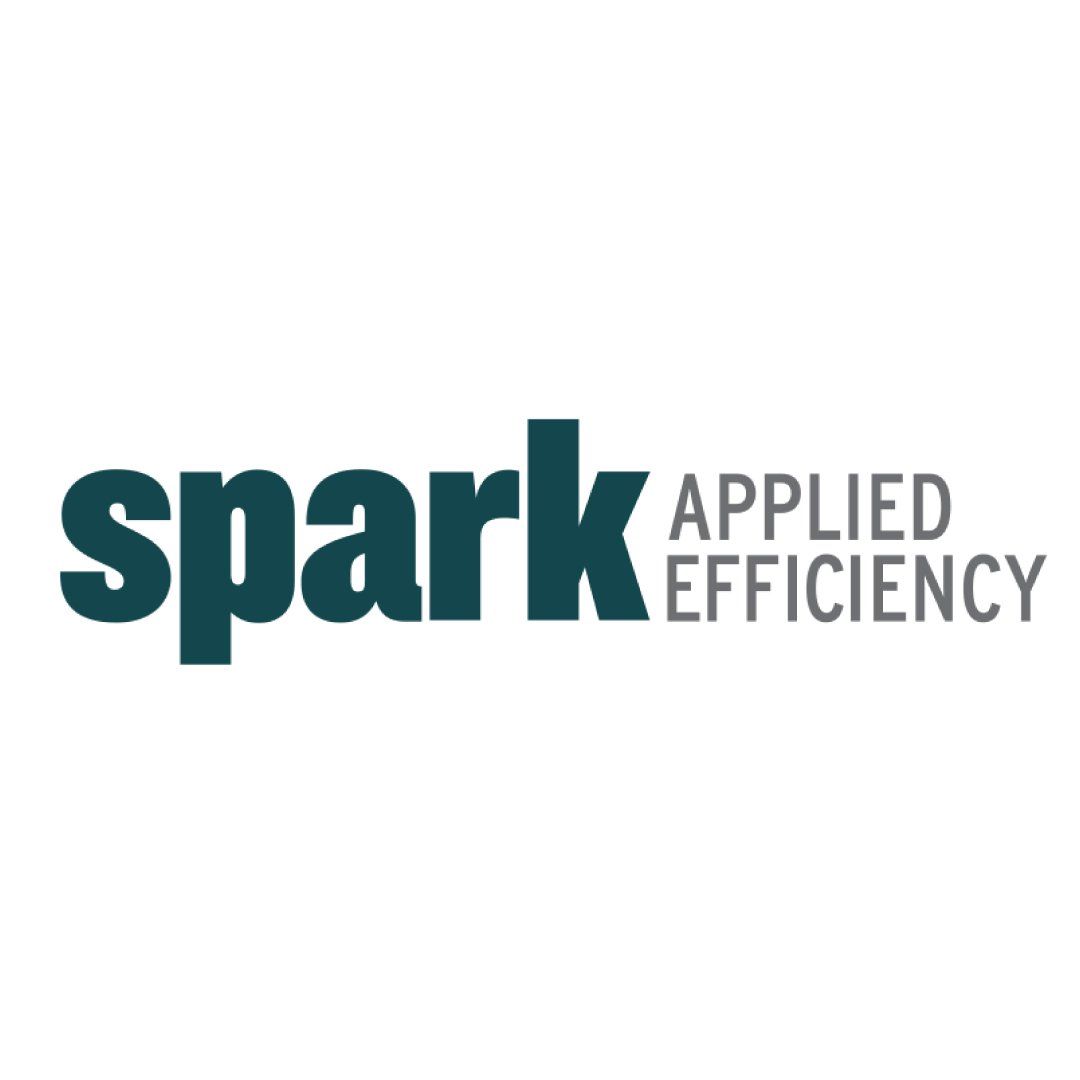
Case Study: Green Clean Maine
“What I love about the ‘On The Pathway’ project is that it acknowledges the fact that this is a journey, and every business is going to be at a different place on their journey to 100% clean energy.” - Joe Walsh, Owner
In this 4-minute video, you can follow Green Clean Maine’s thoughtful and practical journey on its ‘Pathway To 100% Clean Energy’.
FIRST STEPS ON A JOURNEY Green clean Maine (GCM) is an environmentally friendly house cleaning company that serves approximately 300 residential customers in Southern Maine. As founder and owner, Joe Walsh says, “We come in every other week and vacuum, mop the floor, dust, clean the bathrooms, clean the kitchens, that's our business. That's what we do.”
When Joe started out, he wanted to prove that a business can be profitable and successful and growth oriented, and also create a net environmental benefit. The first way that his did that was by developing his own cleaning formulas, which are still used to this day. Green Clean Maine cleans homes using baking soda vinegar, plant-based detergents, essential oils, “real, old fashion type stuff,” says Joe. He adds, “The more I experimented with making my own formulas, the more I realized, wow, these handmade formulas really work well. We continue to tweak the formulas to get just the performance that we want out of them.”
Along the way, Joe became interested in other ways to make the business environmentally sustainable.
INSTALLING ELECTRIC HEAT PUMPS In 2016, GCM purchased its Warren Avenue, Portland, building, and that's when Joe started on a new phase of the environmental journey for the business. “We took a step back and started looking at our wider environmental impact,” he said. Joe knew, when he bought the building, it needed a new HVAC system. He realized, this was an opportunity to say, “I'm not gonna burn fossil fuels anymore.” So he started to explore alternatives. He very quickly selected electric heat pumps as the right way to heat the building and cool the building.
OPTIMIZING INSULATION But is often the case when evaluating a building’s systems, Joe soon realized that the building had other issues that needed to be addressed before heat pumps were going to be a viable solution. He learned from being in the building for one winter after he bought it, with a propane bill of over $1,200 a month (and that was a number of years ago) that the insulation in the building was not sufficient. He needed to make an investment in insulation, in order for the heat pumps to perform efficiently.
That first winter in the building, Joe said that the building was drafty and people had to wear sweaters and work in their jackets to keep warm. The next winter, there was immediately a noticeable difference, And as Joe reports, “What's really cool about doing insulation and air sealing work on your building is the payback period for that is really short.) The pay-back horizon on that is measured in 1, 2, 3 years. It's really pretty incredible.”
LED LIGHTING While Joe was making progress on insulation and the HVAC system, he also began looking at his lighting. This building had old, fluorescent lighting that was unattractive, half of the lamps were burned out. He saw that as an opportunity to look at more stylish ways of lighting the building. Joe says the he was able to retrofit all of the lighting in the 4,000-square foot-building, converting to LEDs, for under $1,000. “The payback period on that was actually measured in months, not years. It was incredible how quickly I would get that investment back,” said Joe.
ELECTRIC HEAT PUMP HOT WATER HEATERS One of the big areas of energy consumption for Green Clean Maine was laundry. The company needs at least four full size washing machines, four full size dryers, and that requires a lot hot water and lot of electricity. When GCM first moved in, they first put in standard electric hot water heaters because they were under a time crunch to get up and running. Within a couple of years after they moved in, the rebate programs on heat pump hot water heaters were so attractive, according to Joe, that they decided to switch to heat pump hot water heaters. The company has had them now running for five years. “And they work great!” adds Joe. During the summer, these have the added benefit of dehumidifying and actually air-conditioning the room that they're in—resulting less use of air-conditioning.
SOLAR The most visible clean energy investment that Green Clean Maine has made is the 21 kilowatt solar array on the roof of its building. Joe worked with ReVision Energy who was able to not only design the system and decide where to put it on the building to get the best exposure. But very importantly, according to Joe, “They also provided me with figures that I could use to estimate how much power I'd be offsetting.”
ReVision estimated that the system would offset approximately 60% of the company’s energy use at its facilities. That calculation became the bases of Joe’s plan to pay for the installation. “I could then take that information to my bank and were able to secure financing for a hundred percent of the solar array,” he said.
SWITCHING ELECTRICITY SUPPLIER As Joe continued along what he now would call his “pathway to clean energy, he added, “Once we understood how much we were covering with solar, then we knew how much more we needed to do. We had kind of maxed out how much solar we could do on-site. So I started to explore alternative electricity suppliers, and we were able to secure our energy from a solar farm.”
FORMALIZING THE COMMITMENT Joe has an extremely practical, down-to-earth approach to all aspects of his business. “Everything we've done has had a projected payback period. Some are longer than others, but everything has to justify itself from a business perspective. And so far, it all has,” he emphasized.
Green Clean Maine was one of the first business to learn about the ‘On The Pathway To 100% Clean Energy’ project. Joe provided early feedback to the organizers of the initiative and his company became a member of the Leadership Circle—the first group of companies to sign their Commitment Letters. Joe as also asked to serve as a member of the project’s Advisory Board. “One of the things that really attracted me to it out of the gate,” said Joe, “was the practical and positive focus on moving towards clean energy. When I joined the project, I signed a commitment it letter to say, I am committing to transitioning my business to 100% clean energy, over a period of time. And that's really become the goal now.”
Joe is the first to acknowledge that it's not something that's going to happen overnight. As he says, “It's something that is a journey. And that's something I love about the campaign. It acknowledges the fact that this is a journey and every business is going to be on a different place in their journey to 100% clean energy.”
THE FINAL STRETCH TO 100%—ELECTRIC VEHICLES So now, what Joe is working on, is figuring out the business case for transitioning to electric vehicles (EVs). The company operates 22 or 23 vehicle. Some are hybrids, some gas, and some already are electric. Most are, at least, compact and fuel-efficient vehicles. But as Joe says, “We really need to start transitioning those to an electric vehicle fleet. And so that's, that's the next step.”
Joe does acknowledge some of the challenges he’s facing in implementing and all-electric fleet. Many of his staff bring the company vehicles to their homes so they can travel directly to their early cleaning appointments in the morning. Arranging for charging in the varied settings of the team’s homes—many of whom rent their homes or may be planning moves—is one of the obstacles to plan for. But this is the final piece of Green Clean Maine’s Pathway Plan to get all the way to 100% clean energy.
Coming back to why Green Clean Maine is so committed to transitioning to 100% clean energy, its reflected in the words of its founder: “Our commitment to the environment is central to our value system. it's a big reason why we're even here. I've grown to realize I have other values, too, that permeate the business, that are also important to how we operate.”
Joe Walsh gives a great deal of thought to how his values shape the culture and the work environment he and his fellow managers work so hard to build for a very committed team of employees. He is very mindful of what his customers, and the wider community, think about when they see all those well-branded Green Clean Maine vehicles driving about, and every time a cheerful staff member walks into a customer’s home. It’s a part of the reason that Joe has made the commitment to clean energy. “Living our values, working really hard to attract like-minded people,” says Joe, “appreciating the value of building trust with our customers, and then the reward of watching the joy that you're creating in their lives—it’s central to everything we do.”
The 3 Key Strategies for Building Your Clean Energy Plan
OPTIMIZE.
ELECTRIFY.
CHOOSE RENEWABLE ENERGY
To help you get started with your Pathway Clean Energy Plan, contact us. There’s plenty of help available.
‘On The Pathway’ Premier Sponsor
Sustaining Sponsors
Pathway Partners

Power your business with 100% clean energy & zero emissions from fossil fuel.
Your customers, your community - and your bottom line will take notice
Commit to a goal of 100% clean energy
Reduce your own use of coal, oil and gas.
Outline your plan to reach zero emissions from fossil fuel
Subscribe to our Mailing list and stay in the know.
Please sign up to receive periodic news and updates about the ‘On The Pathway To 100% Clean Energy’ project, and the Maine businesses that have made the commitment to clean energy.


















